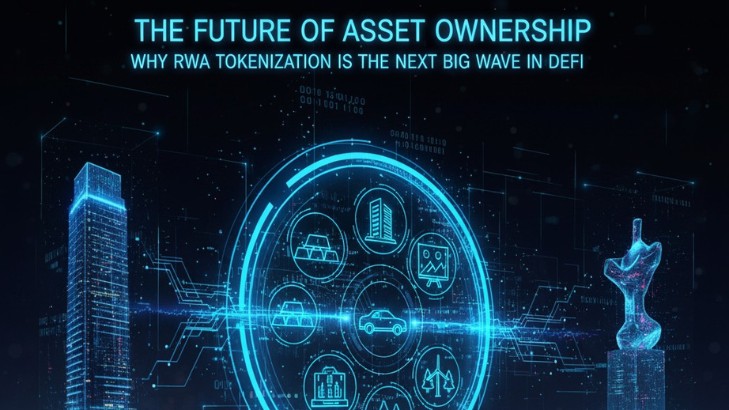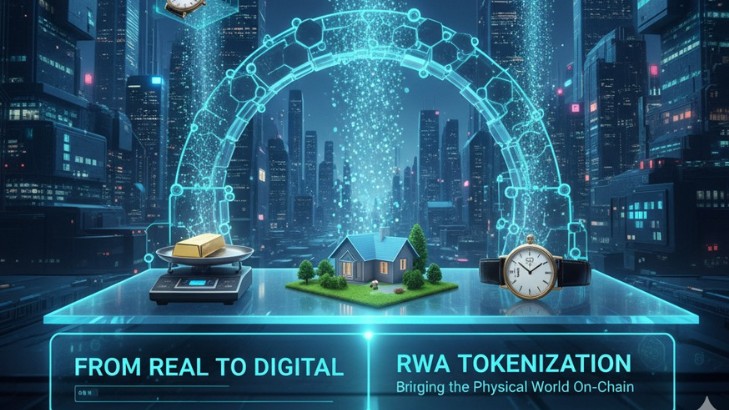How to answer common crowdfunding queries with a powerful FAQ page
March 10, 2020



How to answer common crowdfunding queries with a powerful FAQ page
Responding users with common crowdfunding queries can be a tedious job. But with a compact and targeted FAQ page, you can easily make that task more user-friendly with these tips and tricks
Every time we work with a crowdfunding campaign, one of the most popular requests from campaign creators is about how to best organize their FAQ page.
It may seem like a small section on your page but in reality, it’s just the opposite.
If you nail your FAQ section on the crowdfunding campaign page, you’ll be able to resolve a lot of potential backers’ queries instantly. All you have to do is make sure your questions in that section are exactly what your audience is going to ask.
Now, how can you possibly know what your audience will ask?
The process is simple. You have to start thinking from your viewers’ perspective and design your FAQ section based entirely on what they may ask. Some of the basic FAQ questions should always be related to your basic product features, shipping timelines or restrictions if any, pledge rewards, and so on. But, you need to take an extra step in order to make your FAQ a unique presentation. A successful FAQ section is based on how well you understand your user base.
To start, begin looking at similar campaign pages and what they wrote in their FAQ section. This will help you have an idea about the type of questions you should choose in order to make your answers as descriptive as possible.
It might sound illogical to write about your product twice on the campaign page; once in the description and again in the FAQ section. But that can actually help you cater to a larger user base.
There is a huge benefit to answering crowdfunding queries with a powerful FAQ page. These little tips and tricks can help you master this section of your campaign with little effort.
Stick to the basics
First and foremost, you need to stick to the fundamentals of a common FAQ page. These include questions that are often asked to any campaign that launches on Kickstarter or Indiegogo. It could be related to the pricing of the product, delivery timeline, fulfillment costs, shipping queries, pledge reward benefits, and the like. You have to make think like a potential backer to provide questions and answers that would be the major concerns for your project. If you think your product will have a lot of shipping queries, put that first on the FAQ page followed by other questions. Overall, just make sure every fundamental question is covered in your FAQ section.
Link to your FAQ while responding
One of the most engaging promotional features of any crowdfunding campaign is social media. Quite naturally, a social media presence can also make you come across a lot of queries on your different channels such as Facebook, Twitter, or Instagram. While responding to those queries, you should always link back to your FAQ page. This will help you:
– Reduce time responding to each query
– Enable users to get access to the entire FAQ page which can also resolve other queries they might have
Keep it short and sweet
Every FAQ response need not be a huge paragraph. It depends entirely on the question but, while writing an FAQ answer, you need to be concise. This is because FAQ sections should be a quick reference area for users to find answers for their queries within seconds. The more descriptive you become in that section, the more difficult it becomes for users to comprehend every answer thereby resulting in more queries or a confusing experience.
Create a visual graphic
You’re not limited to the FAQ page of Kickstarter and Indiegogo alone. In fact, many potential backers may not see a generic text section of FAQs on a crowdfunding page as they are typically rather long. To make sure your FAQ section is accessible to users, you can always add it in the form of an eye-catching graphic at the end of your description page. This will help your users get access to the FAQs without getting redirected to a separate section. And, you can also share the graphic across social media or email as and when required.
Keep updating based on demand and feedback
As you navigate your campaign, you may receive more crowdfunding queries that hadn’t crossed your mind. Even with a solid FAQ section, you can expand it or even change the questions and answers to better fit the queries you’re getting. Applying user feedback and additional queries, you have to keep updating the FAQ section. This will continue to save you time as well as make your FAQ section more efficient and user-friendly.



.avif)



